Podcast: Play in new window | Download (Duration: 36:21 — 52.4MB)
Subscribe: RSS
Not only did I finally get Michael Melkers to finally come on my Podcast….I also managed to get him over in November 2020 for his signature 2 day occlusion program!
The event was rearranged from May 2020 to November 2020 due to Covid-19 – therefore new tickets will be added. Check out Occlusion2020.com for tickets.
I present my first ever Video Podcast below – but as always, the audio version is available by direct download above, or from iTunes, Apple Podcasts, Google Podcasts, Spotify etc.
This episode’s Protrusive Dental Pearl is shared by one of the talented Dental Technicians I use, Hit Parmar – how can we give our patients the experience of what a splint might feel like, as if to test tolerance and compliance? “How will I know I will not gag or be able to wear one in my sleep?” – a common and valid concern. Listen to the audio podcast to find out how you can manage this and test the waters! (within the first few minutes of the introduction to the episode)
In this fun and informative episode, we discuss:
– What is the point of using a Facebow and Articulator? (you may be surprised by his answer..!)
– Are we really designing Occlusal schemes for optimum function (spoiler – we’re not!)
– Why is our understanding of Occlusion…’sub-optimal’ once graduating?
– Which is the best Occlusion camp? Dawson? Pankey? Kois? LVI?
– Which is the ‘best splint’?
– We discuss his upcoming 2-day Occlusion in Everyday Practice program in Heathrow 27th and 28th November 2020
Do join us in November for occlusion and lamb chops at Occlusion2020.com
You will never find a better value Occlusion or even Michael Melkers course ever again!
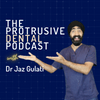

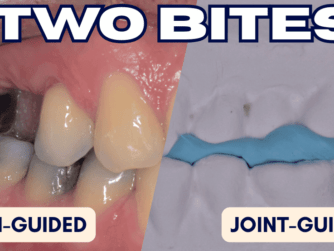
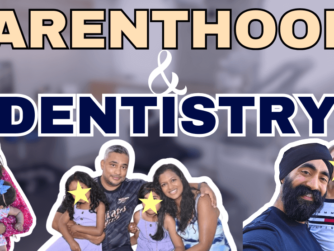
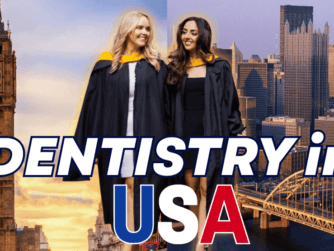
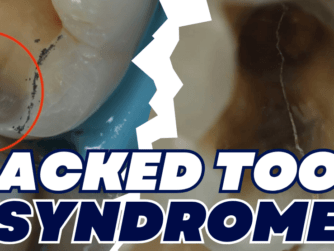
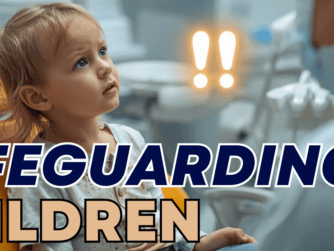

[…] If you liked this episode, you will also like Your Occlusion Questions Answered by Dr Michael Melkers – PDP015 […]